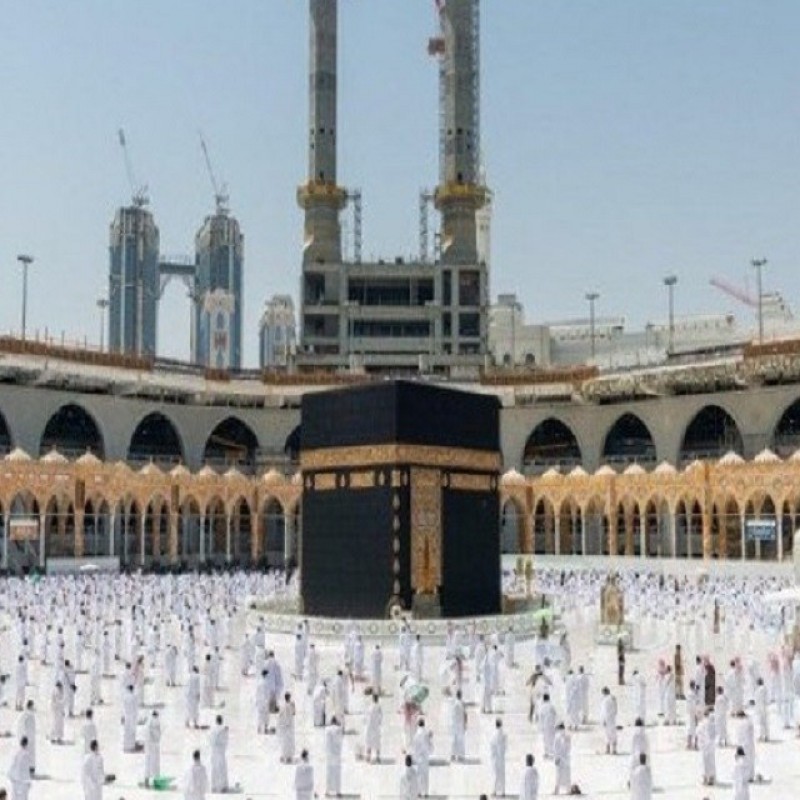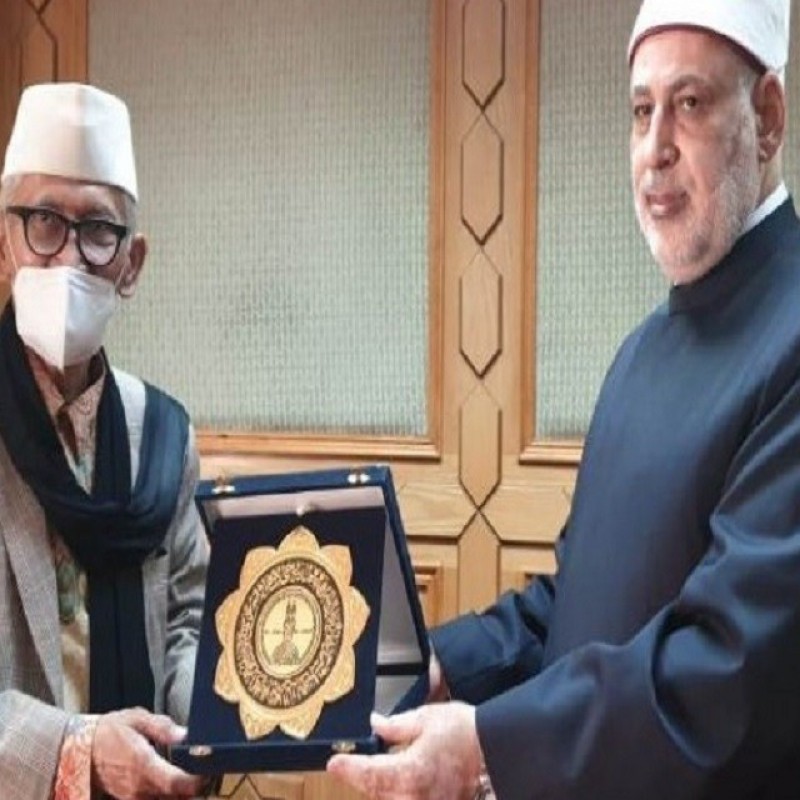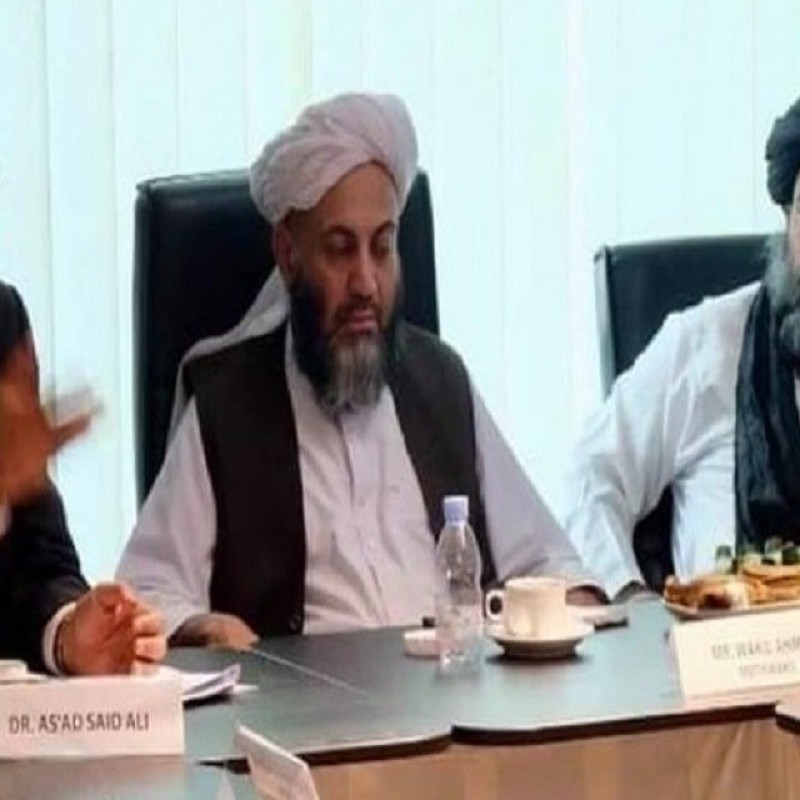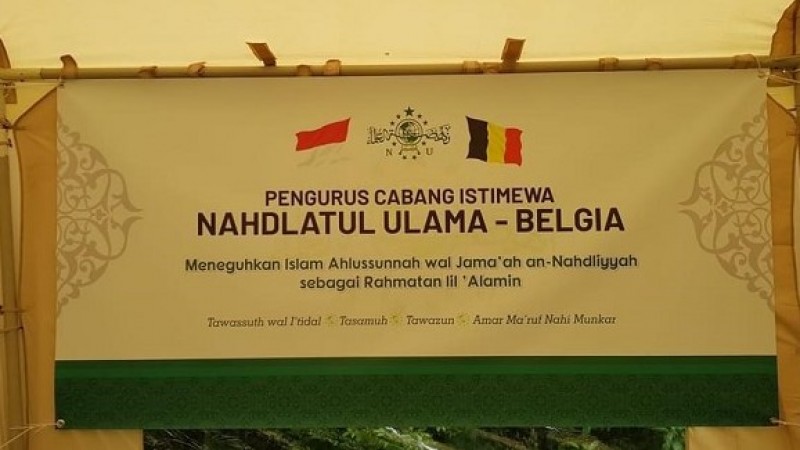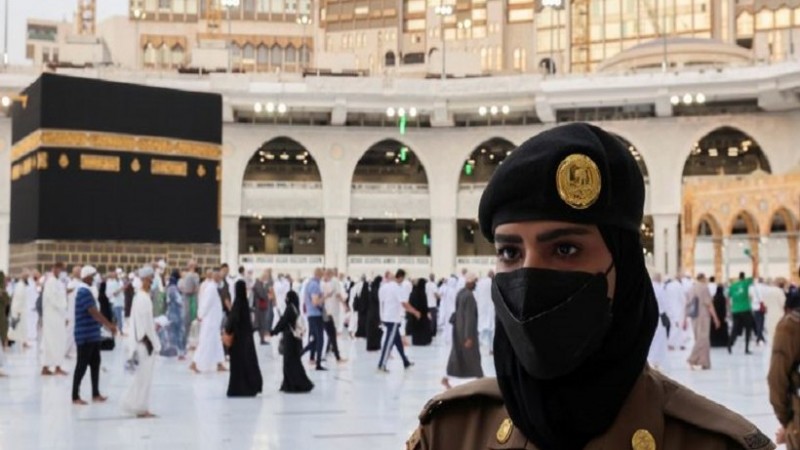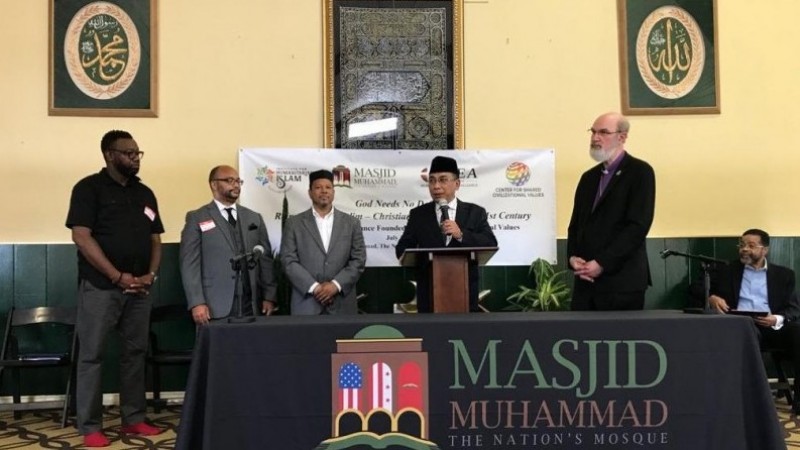Tokyo, NU Online
Fashionable modest Islamic designs have hit the catwalk at Tokyo Fashion Week, stealing the camera lights at the Japanese capital with designs that blend the traditional Muslim headscarf with haute couture.<>
"The modest hijab is not actually a restriction" in fashion, designer Windri Widiesta Dhari told reporters after her stylish designs hit the catwalk, Agence France Presse (AFP) reported on Sunday, March 23.
"It's how you cover yourself and look more elegant in a way that has a loose fit."
Held twice a year, Tokyo fashion week has witneesed the participation of a number of aspiring Asian designers who presented hijab fashion to the world.
Participants include NurZahra which rolled out its autumn/winter collection "Layers of Fidelity", turning the modest hijab into sophisticated fashion.
Blending cotton or silk into her hijab, NurZahra collection includes natural dye prints that rely on a traditional Japanese tie-dye technique called shibori and the Indonesian batik method.
With patterns ranging from mini mandalas to Turkish geometrics, Dhari plays with multiple layers of fabric to freely shape her silhouettes.
The collection also included a hat that spreads wide in the back, a throwback to the sixties with elements resembling a long-ago royal head piece.
"The concept of the hat was actually inspired by the style in one from 1963," Dhari said.
"I was looking for vintage hats that could be used to cover your hair and also your neck.
"I used that inspiration and then mixed it with a traditional ethnic concept, so it becomes something very unique."
Stylish Modesty
For Dhari, the new designs have mixed traditional scarf’s modesty with a stylish, comfortable accessory.
"We want to inspire people to think that wearing hijab is not something difficult, and could be worn by anyone," she said.
Another Indonesian brand, Major Minor, hit the runway for the first time, showcasing styles incorporating mainly monochrome tones and simple silhouettes.
Islam sees hijab as an obligatory code of dress, not a religious symbol displaying one’s affiliations.
Islamic fashion is part of a growing appetite for Shari`ah-related industries and assets, ranging from finance to halal food.
Modesty and religion are the cornerstones behind the fast-growing Islamic fashion industry, which is making a mark on runways from Indonesia and Dubai to Monte Carlo.
Japan today is home to a thriving Muslim community of about 120,000, among nearly 127 million in the world's tenth most populated country.
Editing by Sudarto Murtaufiq
Terpopuler
1
Bedah Hujjah KH Afifuddin Muhajir: Dari Kewajiban Taat AD/ART hingga Pentingnya Bukti Konkret
2
Kelompok Sultan Tunjuk M Nuh sebagai Katib Aam PBNU
3
PBNU Kelompok Sultan Targetkan Percepatan Muktamar dan Gelar Harlah 1 Abad NU
4
Kelompok Sultan Gelar Rapat Harian Syuriyah-Tanfidziyah di Gedung PBNU
5
Gus Yahya Dorong Islah Demi Keutuhan Jamiyah, Serukan Warga NU Tetap Jaga Persatuan
6
RMI PBNU Gelar Halaqah Lembaga dan Banom, Kupas Hujjah KH Afifuddin Muhajir
Terkini
Lihat Semua


